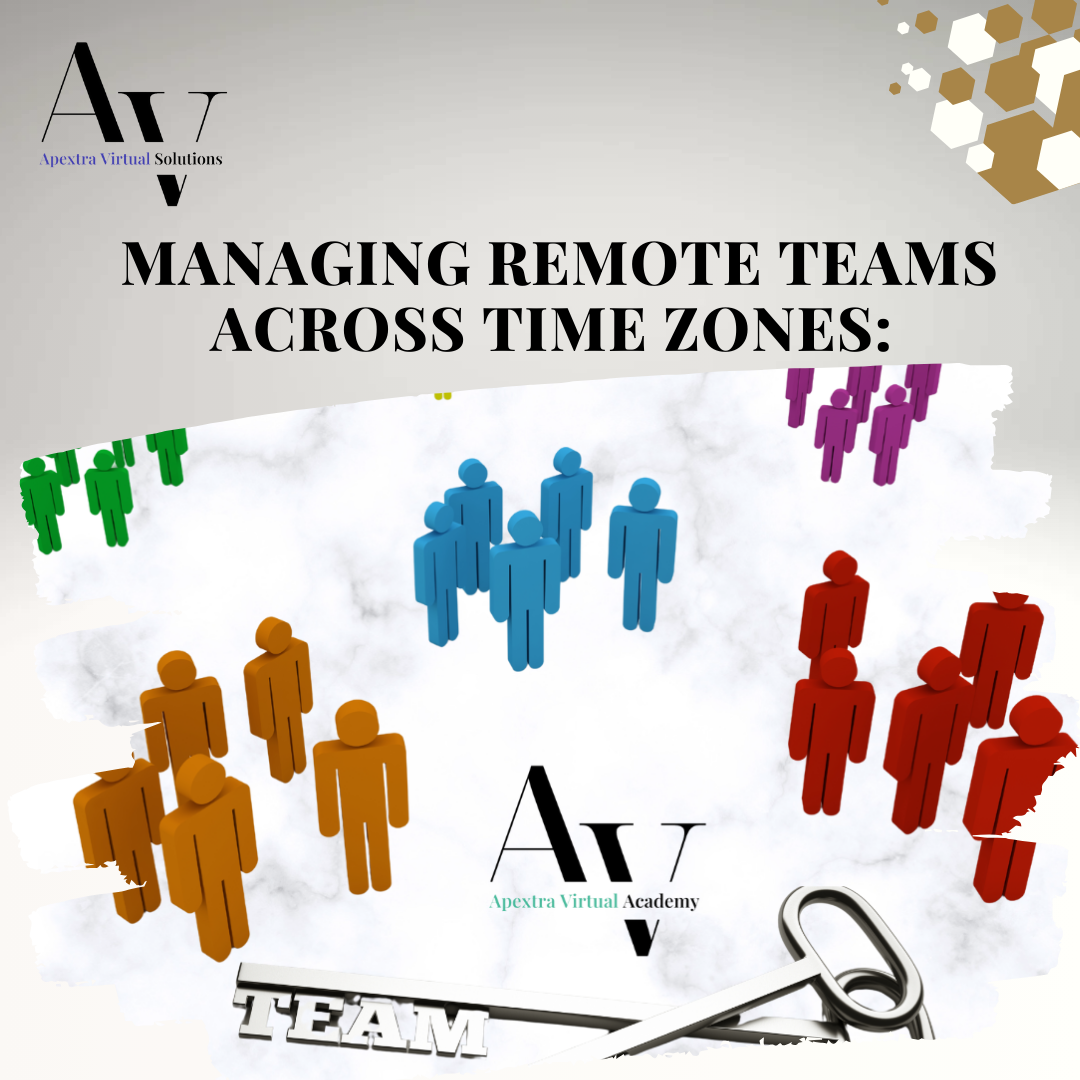
Imagine this: It’s 7 AM, and you’re enjoying your first cup of coffee while prepping for a team meeting. However, one of your team members is ready for bed in another part of the world, while another hasn’t even woken up yet. This scenario likely feels familiar if you’re leading a remote team across multiple time zones. Managing geographically dispersed teams can be exhilarating, but it also presents its own unique set of challenges. From communication gaps to burnout, remote work across time zones demands intentional strategies to keep things running smoothly.
The Challenge of Asynchronous Communication
One of the biggest hurdles in managing remote teams is keeping communication clear and timely. Unlike traditional office settings where you can quickly pop over to a colleague’s desk, time zone differences mean that even the simplest question could take hours to be answered.
For example, let’s say your designer in New York finishes a mock-up but needs immediate feedback from a team member in Sydney. That teammate might not see the message until they wake up, leaving valuable time wasted. It’s easy for important conversations to slip through the cracks, creating frustration and delays in project timelines.
Strategy: Embrace Asynchronous Tools
Using the correct resources is crucial for avoiding communication delays. Team members can keep themselves apprised of project status using tools like Slack, Microsoft Teams, or Asana. It is essential to have these technologies available, but it is even more critical to establish clear expectations around response times and updates. So that nobody has to wait around needlessly, and make sure everyone on the team knows when and how to check in. Clear and transparent communication norms are a good way to manage expectations. For example, you should know when to send an email and when to make a phone call.
Collaboration Gaps and Delayed Feedback Loops

Collaboration can become particularly tricky when your team is scattered across the globe. Imagine trying to brainstorm in real-time with colleagues spread over several continents. Scheduling a video call that works for everyone could mean asking someone to stay up late or wake up early—neither of which is ideal for productivity or morale.
What’s more, delayed feedback loops—where one part of a team is waiting on another for input—can stall progress and make team members feel disconnected from the larger project.
Strategy: Plan Ahead for Collaboration
To overcome these hurdles, smart scheduling and proactive planning are essential. When working across time zones, it’s helpful to identify a window of overlap when all or most team members are awake and available for real-time discussions. For more long-term planning, consider assigning tasks in such a way that work can flow seamlessly between time zones, almost like passing a baton in a relay race.
For example, the marketing team in Europe could hand off a campaign strategy to the creative team in North America, who then pass it to a development team in Asia—all without waiting for feedback at the wrong hours. This concept of “follow-the-sun” workflows can be especially beneficial in speeding up project timelines.
Time Zone Overlap and Burnout
When working across time zones, it’s easy to fall into the trap of always being available. You might feel obligated to attend late-night calls or answer messages during your off-hours, which can quickly lead to burnout. Similarly, team members may struggle to unplug, especially if their workday regularly overlaps with others in different zones.
Strategy: Set Boundaries and Encourage Flexibility
Creating a sustainable work environment requires clear boundaries around work hours. Encourage your team to set work hours that are suitable for their time zone and communicate them clearly to avoid unrealistic expectations.
At the same time, flexibility should be built into the team’s work culture. For instance, if an important meeting falls outside someone’s typical workday, ensure they get time off elsewhere. Offering flexible work hours shows that you value your team’s well-being and prevents burnout.
The Human Element: Building a Sense of Connection
Another common challenge with managing remote teams is maintaining a sense of connection. When teams are dispersed, it’s easy for team members to feel isolated, which can impact morale and even productivity.
In traditional offices, casual chats, coffee breaks, and team lunches create organic opportunities for bonding. In remote work settings, those small but vital moments of connection can feel lost. Time zones further complicate efforts to build a cohesive culture when synchronous meetings are difficult to schedule.
Strategy: Prioritize Team Building in Creative Ways
To foster connection across time zones, virtual teams must intentionally create spaces for bonding. This can mean organizing virtual coffee breaks or happy hours during overlapping time slots, allowing team members to connect on a personal level. It could also include regular check-ins or virtual town halls that make space for team-wide engagement.
Some companies use a “buddy system” where team members are paired up for informal chats throughout the week. This helps bridge the gap and fosters a sense of belonging, even across geographical divides. While it may not fully replicate in-office camaraderie, these initiatives can go a long way in creating a positive team culture.

Final Thoughts: Leading Across Time Zones with Intention
Managing remote teams across time zones is a balancing act. It requires thoughtful planning, a focus on communication, and flexibility to adapt to each team member’s needs. However, with the right strategies in place, the challenges of time zone differences can transform into opportunities for increased productivity, creativity, and collaboration. By building clear workflows, setting boundaries, and fostering team connection, remote leaders can ensure that their geographically dispersed teams not only survive—but thrive.
With Purpose, Passion, and Commitment to your Success,
Latifa.
